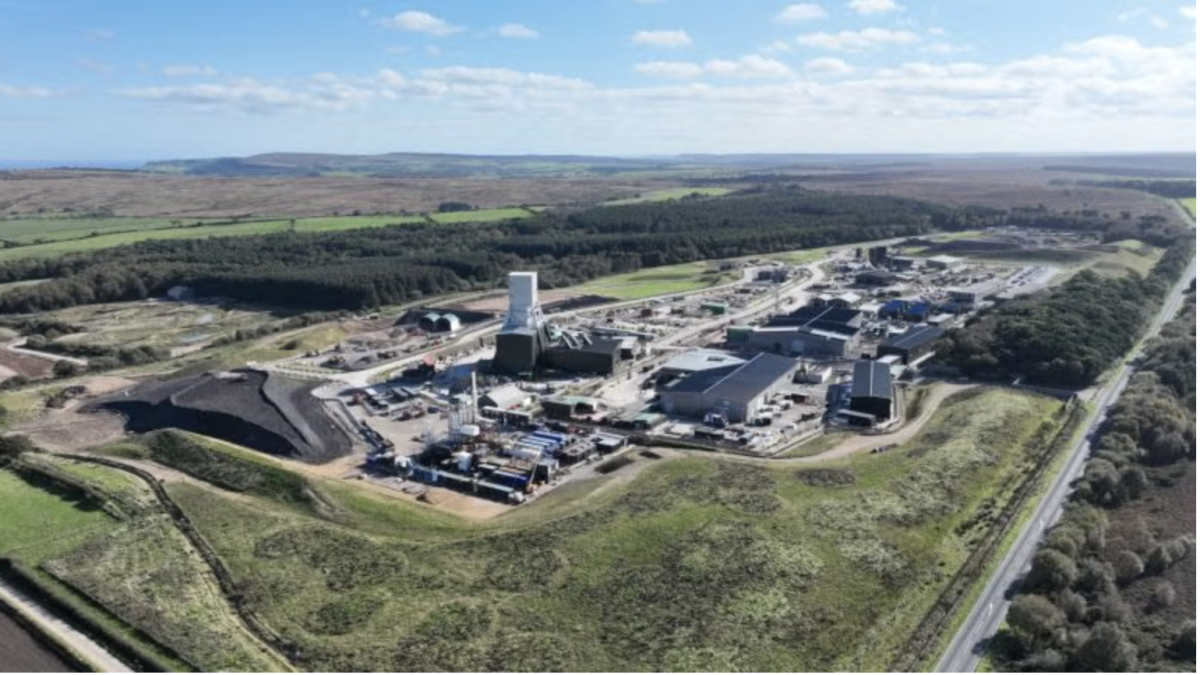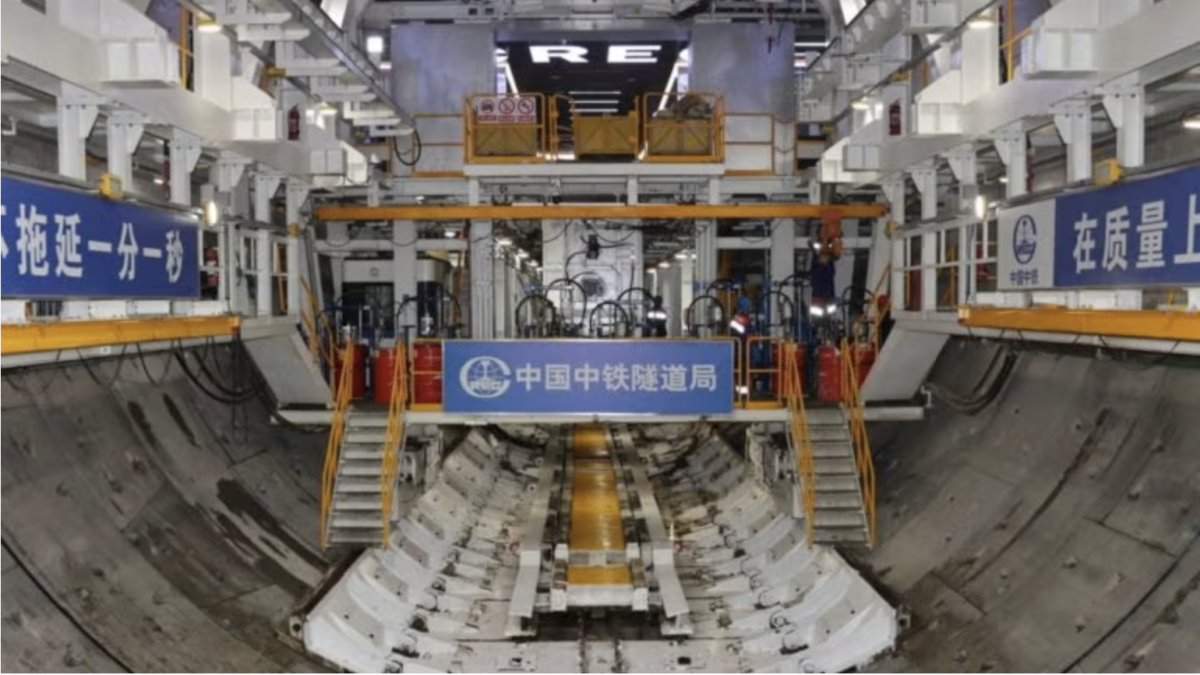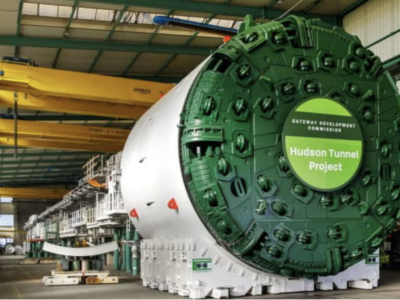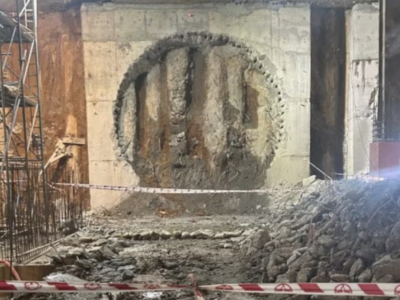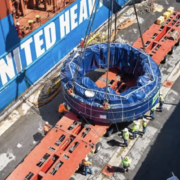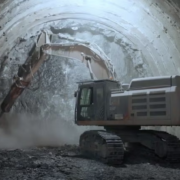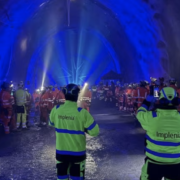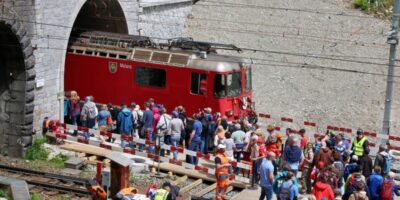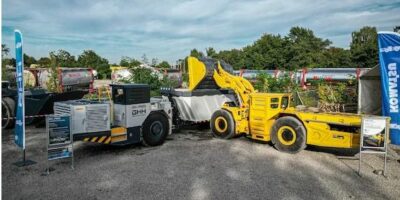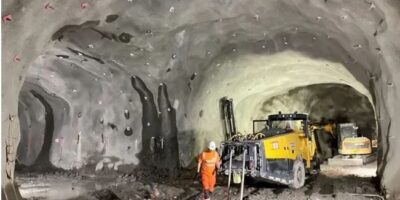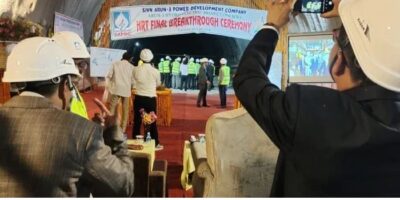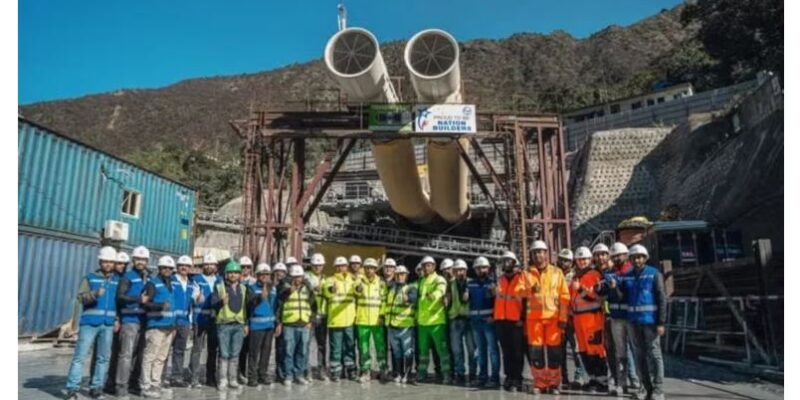
Following that the last of two Herrenknecht single shield TBMs finished its drive for the new railway line between Rishikesh and Karnaprayag in the Indian Himalayas in late June, the final breakthrough has been made on India’s longest railway tunnel that is marking completion of the two tubes of the more than 20km-long tunnel system. The arrival date of the first TBM, named Shakti to its destination on the Rail Vikas Nigam Ltd project was mid-April.
The civil contractor Larsen & Toubro (L&T) with the aim of completing the twin 10.5km tunnels, had to navigate the region’s complex geology, which has long been considered virtually unconquerable for tunneling.
According to Sumit Gaur, Herrenknecht’s project manager on site: “Indian miners have extensive experience in conventional tunneling. For a long time, mechanised tunneling technology was hence viewed by them with scepticism.”
In order to overcoming the challenges of the Himalayan geology, L&T chose two 9.11m-diameter Herrenknecht single shield TBMs, whereas the biggest challenge was the predominant rock type phyllite. It is soft but stable and disintegrates with water.
“Too much pressure and it clumps together and blocks the cutterhead. That does’t exactly make the drive easy,” said L&T project leader Chris Cooper.
Considering that the young, active rock mass is still moving, and could result in subsidence, causing rock to be deposited on the shield skin of the machine and block its progress, for preventing this the crew used torque box cylinders integrated into the cutterhead design. They allow infinitely variable horizontal and vertical adjustment of the main drive and can increase the excavation diameter by up to 100mm.
Gaur also added: “It’s the first time we’ve had this system on a machine in India.”
With the aim of recording the measurement and excavation data obtained during tunneling in real time and translates it into a geology report, the TBMs were also equipped with the Herrenknecht ISP system that sends a surface wave along the tunnel wall, which turns into a spatial wave at the tunnel face. In the case of detecting an anomaly, additional probe drilling is carried out to check the suspected fault zone, and a convergence measurement system continuously analyses the distance between the shield and the rock. If the rock is getting too close to the machine, the machine operator is shown a limit signal.
Improving the TBMs’ pace, this technology sometimes helps installing 23 rings in 24 hours, and at peak times one machine advanced 39m in a day.
“That’s impressive, especially in this rock and with this large diameter. Here we’ve shown we can move faster with the technology used here than with conventional drill and blast,” said Cooper.
The proximity of Herrenknecht’s warehouse less than three hours away in Dehradun meant new parts were available quickly.
Following completion, the Rishikesh-Karnaprayag railway line is due to decrease the journey time from seven hours to just over two. The region is an important starting point for Hindu pilgrimages to the sacred Char Dham shrines. Every year, millions of pilgrims travel along winding roads through deep gorges, which are frequently blocked by landslides and rockfalls in the seismically active zone.



